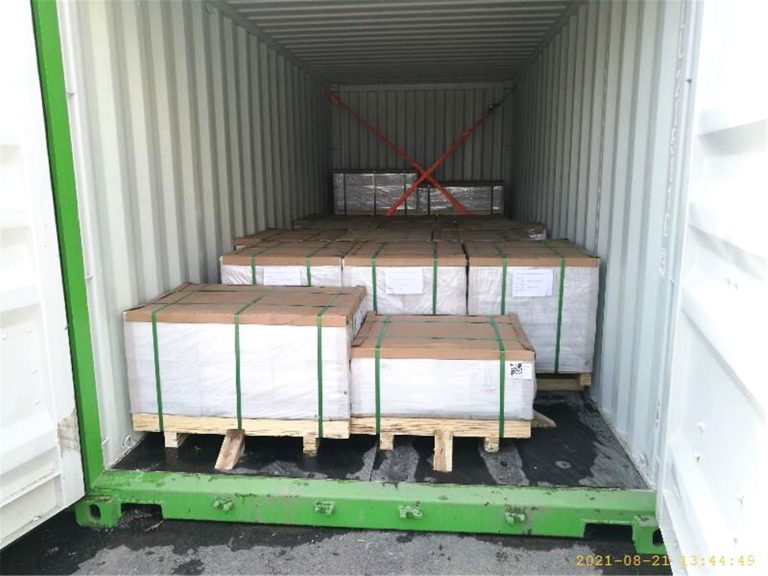Can 2024 aluminum be welded?
Hot keword :2024 5052 5083 6061 7075
The latest article
- HANWEI Attends METALEX 2025: Showcasing Premium Aluminum & Metal Solutions in Bangkok
- Shanghai Hanwei Aluminum Trading Co., Ltd. to Highlight Aluminum Trading Solutions at METALEX 2025 Bangkok
- Why Is 5083 Aluminum Plate So Versatile for Marine, Transportation and Multiple Scenarios?
- 5754 vs 5A06: Core Differences of Two 5-Series Aluminum Plates
- Is 2024 stronger than 6061?
- Is 2024 aluminum corrosion resistant?

Yes, 2024 aluminum can be welded, but it has some considerations and challenges compared to other aluminum alloys.
The primary challenge with welding 2024 aluminum is its high susceptibility to cracking during the welding process,
especially in the heat-affected zone.
The main reason for this sensitivity is the presence of copper as one of the primary alloying elements in 2024
aluminum. Copper forms a low-melting eutectic phase with aluminum, which can lead to the formation of brittle
intermetallic compounds during solidification, causing cracking.
To overcome these challenges, several techniques and precautions can be taken during the welding process:
- Proper Welding Technique: Using proper welding techniques, such as preheating the base material, controlling the
heat input, and maintaining a consistent weld speed, can help minimize the risk of cracking.
- Filler Alloy Selection: Choosing a filler alloy compatible with 2024 aluminum, such as 4043 or 5356, can help
improve weldability and reduce the likelihood of cracking.
- Post-Weld Heat Treatment: Applying a post-weld heat treatment, such as an aging process, can help restore some of
the strength and reduce residual stresses, improving the weld’s integrity.
- Proper Joint Design: Employing appropriate joint design, including proper fit-up and edge preparation, can help
minimize stress concentrations and reduce the risk of cracking.




